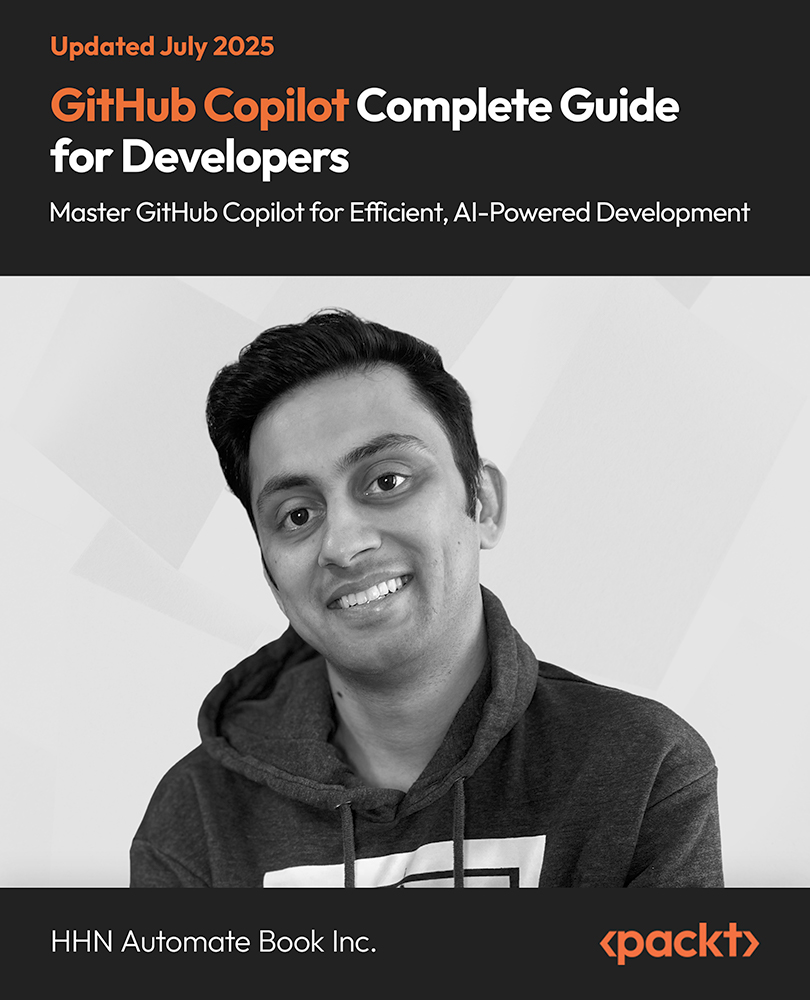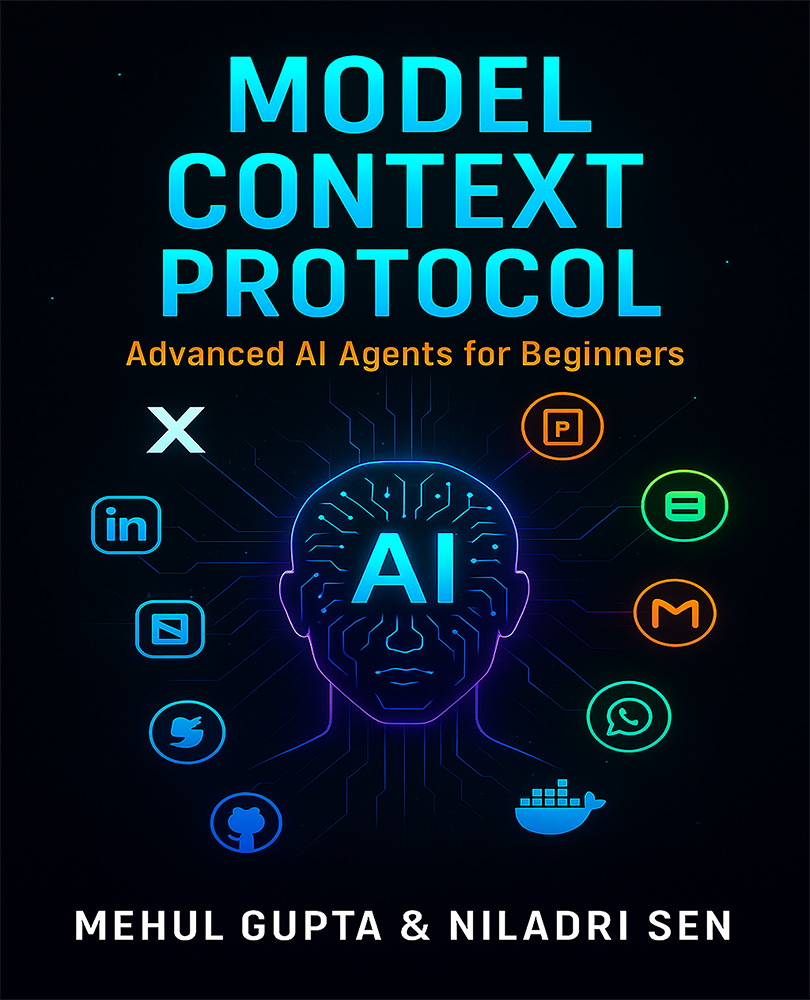Yesterday, Microsoft announced the launch of two new open-source projects- Open Application Model (OAM) and DAPR. OAM, developed by Microsoft and Alibaba Cloud under the Open Web Foundation, is a specification that enables the developer to define a coherent model to represent an application. The Dapr project, on the other hand, will allow developers to build portable microservice applications using any language and framework for a new or existing code.
Open Application Model (OAM)
In OAM, an application is made of many components like a MySQL database or a replicated PHP server with a corresponding load balancer. These components are further used to build an application, thus enabling the platform architects to utilize reusable components for the easy building of reliable applications. OAM will also empower the application developers to separate the application description from the application deployment details, allowing them to focus on the key elements of their application, instead of its operational details.
Microsoft also asserted that OAM consists of unique characteristics like platform agnostic. The official blog states, “While our initial open implementation of OAM, named Rudr, is built on top of Kubernetes, the Open Application Model itself is not tightly bound to Kubernetes. It is possible to develop implementations for numerous other environments including small-device form factors, like edge deployments and elsewhere, where Kubernetes may not be the right choice. Or serverless environments where users don’t want or need the complexity of Kubernetes.”
Another important feature of OAM is its design extensibility. OAM also enables the platform providers to expose the unique characteristics of their platform through the trait system which will help them to build cross-platform apps wherever the necessary traits are supported.
In an interview with TechCrunch, Microsoft Azure CTO Mark Russinovich said that currently, Kubernetes is “infrastructure-focused” and does not provide any resource to build a relationship between the objects of an application. Russinovich believes that OAM will solve the problem that many developers and ops teams are facing today.
Commenting on the cooperation with Alibaba Cloud on this specification, Russinovich observed that both the companies encountered the same problems when they talked to their customers and internal teams. He further said that over time, Alibaba Cloud will launch a managed service based on OAM, and chances are that Microsoft will do the same over time.
The Dapr project for building microservice applications
This is an alpha release of Dapr with an event-driven runtime to help developers build resilient, microservice stateless and stateful applications for the cloud and edge. It also allows the application to be built using any programming language and developer framework.
“In addition, through the open source project, we welcome the community to add new building blocks and contribute new components into existing ones. Dapr is completely platformed agnostic, meaning you can run your applications locally, on any Kubernetes cluster, and other hosting environments that Dapr integrates with. This enables developers to build microservice applications that can run on both the cloud and edge with no code changes,” stated the official blog.

Image Source: Microsoft
APIs in Dapr are exposed as a sidecar architecture (either as a container or as a process) and does not require the application code to include any Dapr runtime code. This simplifies Dapr integration from other runtimes, as well as provides separate application logic for improved supportability.

Unlock access to the largest independent learning library in Tech for FREE!
Get unlimited access to 7500+ expert-authored eBooks and video courses covering every tech area you can think of.
Renews at $19.99/month. Cancel anytime
Image Source: Microsoft
Building blocks of Dapr
Resilient service-to-service invocation: It enables method calls, including retries, on remote services wherever they are running in the supported hosting environment.
State management for key/value pairs: This allows long-running, highly available, stateful services to be easily written, alongside stateless services in the same application.
Publish and subscribe messaging between services: It enables event-driven architectures to simplify horizontal scalability and makes them resilient to failure.
Event-driven resource bindings: This helps in building event-driven architectures for scale and resiliency by receiving and sending events to and from any external resources such as databases, queues, file systems, blob stores, webhooks, etc.
Virtual actors: This is a pattern for stateless and stateful objects that makes concurrency simple with method and state encapsulation. Dapr also provides state, life-cycle management for actor activation/deactivation and timers and reminders to wake up actors.
Distributed tracing between services: It enables easy diagnose and inter-service calls in production using the W3C Trace Context standard. It also allows push events for tracing and monitoring systems.
Users have liked both the opensource projects, especially Dapr.
A user on Hacker News comments, “I'm excited by Dapr! If I understand it correctly, it will make it easier for me to build applications by separating the "plumbing" (stateful & handled by Dapr) from my business logic (stateless, speaks to Dapr over gRPC). If I build using event-driven patterns, my business logic can be called in response to state changes in the system as a whole.
I think an example of stateful "plumbing" is a non-functional concern such as retrying a service call or a write to a queue if the initial attempt fails. Since Dapr runs next to my application as a sidecar, it's unlikely that communication failures will occur within the local node.”
https://twitter.com/stroker/status/1184810311263629315
https://twitter.com/ThorstenHans/status/1184513427265523712
The new WebSocket Inspector will be released in Firefox 71
Made by Google 2019: Google’s hardware event unveils Pixel 4 and announces the launch date of Google Stadia
What to expect from D programming language in the near future
An unpatched security issue in the Kubernetes API is vulnerable to a “billion laughs” attack
Kubernetes 1.16 releases with Endpoint Slices, general availability of Custom Resources, and other enhancements
 United States
United States
 Great Britain
Great Britain
 India
India
 Germany
Germany
 France
France
 Canada
Canada
 Russia
Russia
 Spain
Spain
 Brazil
Brazil
 Australia
Australia
 Singapore
Singapore
 Canary Islands
Canary Islands
 Hungary
Hungary
 Ukraine
Ukraine
 Luxembourg
Luxembourg
 Estonia
Estonia
 Lithuania
Lithuania
 South Korea
South Korea
 Turkey
Turkey
 Switzerland
Switzerland
 Colombia
Colombia
 Taiwan
Taiwan
 Chile
Chile
 Norway
Norway
 Ecuador
Ecuador
 Indonesia
Indonesia
 New Zealand
New Zealand
 Cyprus
Cyprus
 Denmark
Denmark
 Finland
Finland
 Poland
Poland
 Malta
Malta
 Czechia
Czechia
 Austria
Austria
 Sweden
Sweden
 Italy
Italy
 Egypt
Egypt
 Belgium
Belgium
 Portugal
Portugal
 Slovenia
Slovenia
 Ireland
Ireland
 Romania
Romania
 Greece
Greece
 Argentina
Argentina
 Netherlands
Netherlands
 Bulgaria
Bulgaria
 Latvia
Latvia
 South Africa
South Africa
 Malaysia
Malaysia
 Japan
Japan
 Slovakia
Slovakia
 Philippines
Philippines
 Mexico
Mexico
 Thailand
Thailand
















